Hanbury Botanical Gardens: 5.800 species of ornamental plants, herbs and fruit.
source: Italia Photo Gallery
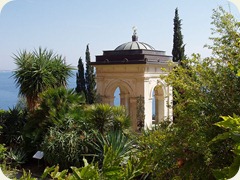 The Hanbury Gardens are located on the promontory of the Mortola on the Ligurian coast, a few kilometers from the French border.
The Hanbury Gardens are located on the promontory of the Mortola on the Ligurian coast, a few kilometers from the French border. They occupy an area of 18 hectares, including in the town of Ventimiglia Mortola, in the province of Imperia.
The land is sloping from the hills to the sea, as is typical of the Ligurian coast.
The appearance of the landscape is typically English, with irregular paths and romantic rustic pergolas and patios, with the picturesque view of the sea in the background. The park is also crossed by a section of the ancient consular road Via Julia Augusta, for the geographical access to the villa is from its upper side.
Under the porch you can see a mosaic, dated and signed (Salviati -. 1888), depicting Marco Polo.
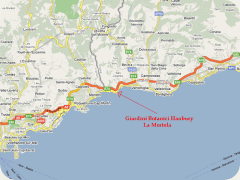 At the bottom, not far from the sea (though not accessible due to the system boundary), a small semi-flat area is preserved with original Mediterranean vegetation, shaded by pine trees and with a gazebo.
At the bottom, not far from the sea (though not accessible due to the system boundary), a small semi-flat area is preserved with original Mediterranean vegetation, shaded by pine trees and with a gazebo.The Gardens were built since 1867, thanks to the passion by the English explorer Sir Thomas Hanbury.
After making a fortune as an exporter of tea in Shanghai, he decided to settle on the Ligurian coast, and bought the first palace of the Marquis Orengo of Ventimiglia, which still exists, and then the surrounding land, which wanted to create a beautiful garden with botanical species collected in every part of the world.
Thanks to the collaboration of botanists, agronomists and landscape mostly foreigners, was created a magnificent ensemble that is unequaled in Europe and the botanical point of view, with 5800 species of ornamental plants, herbs and fruit, and from that landscape, thanks to the great compositional harmony between buildings, ornamental and cultivated terraces.
On 1 June 2006 the application was submitted to UNESCO to the list of World Cultural Heritage.
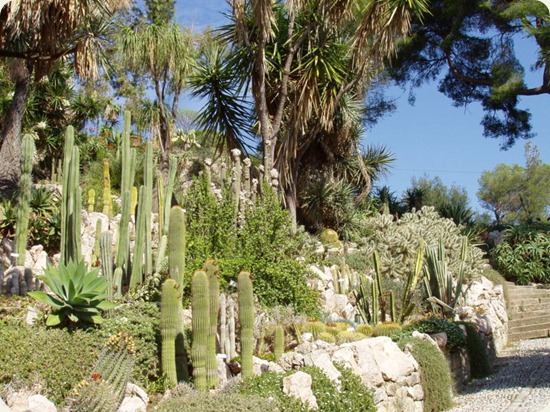
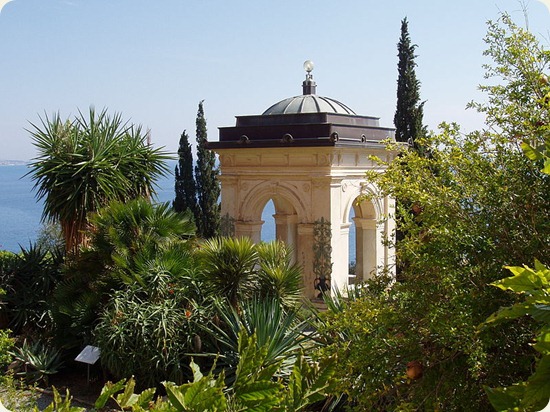
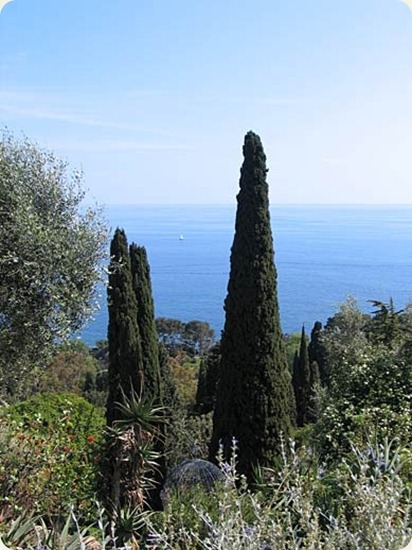

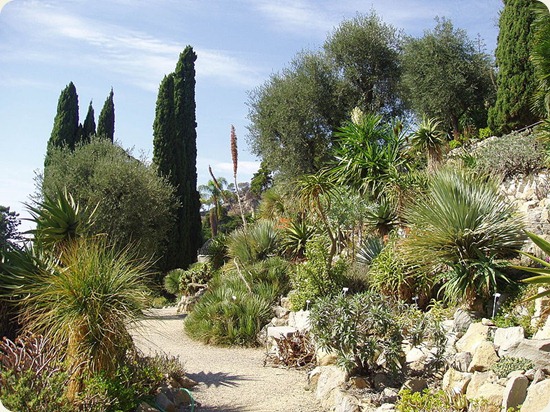
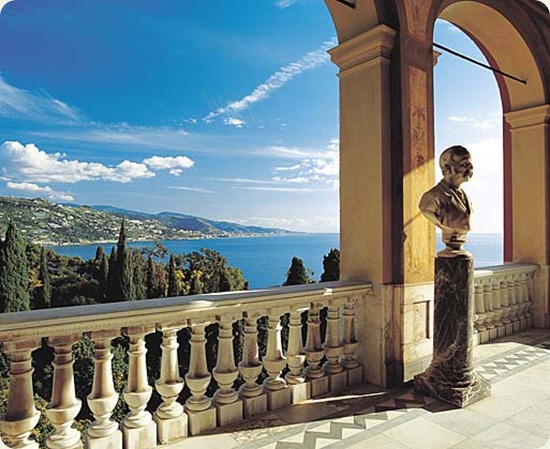

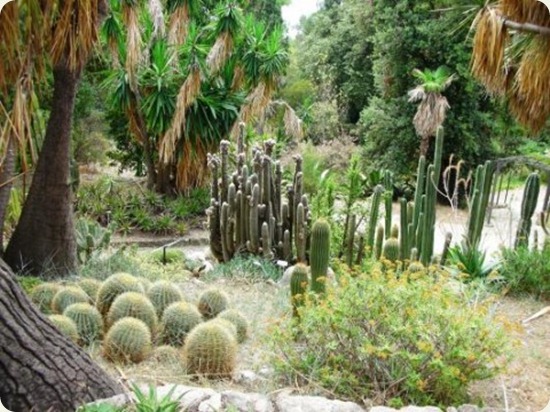
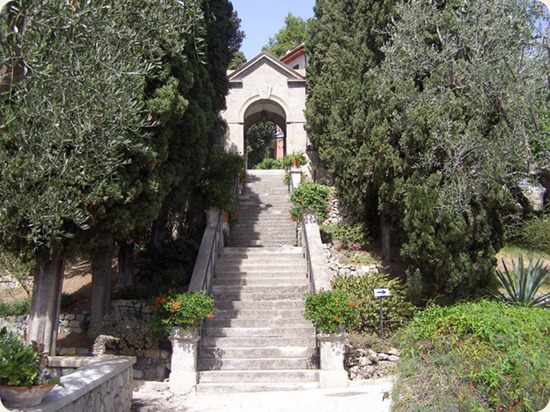
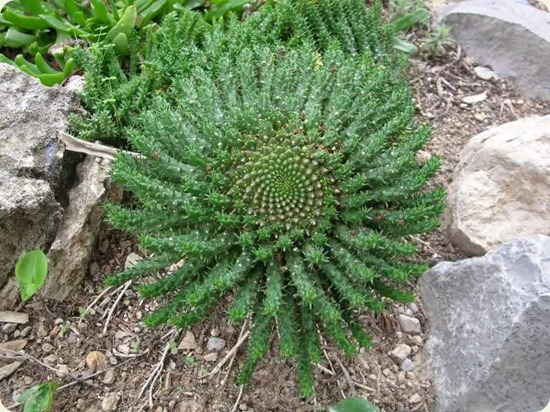
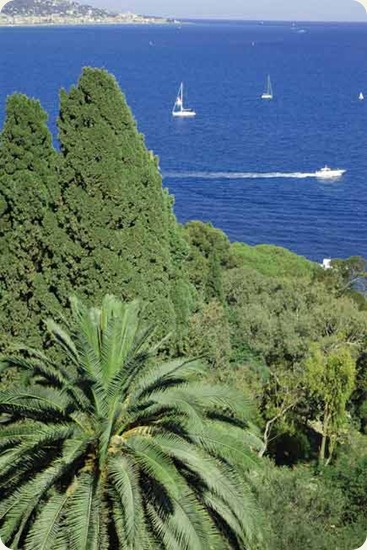
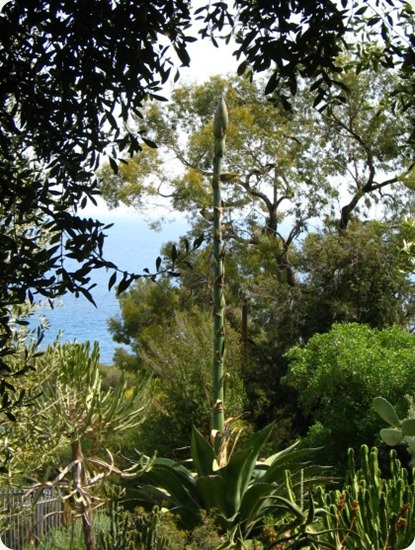
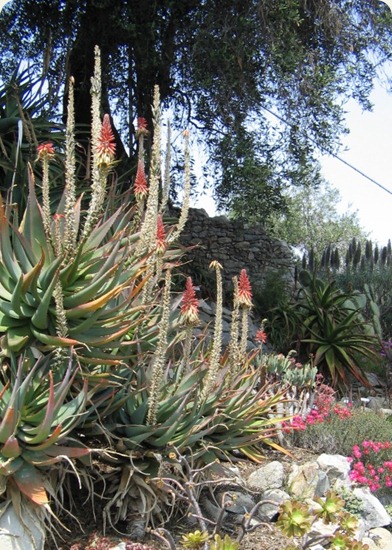
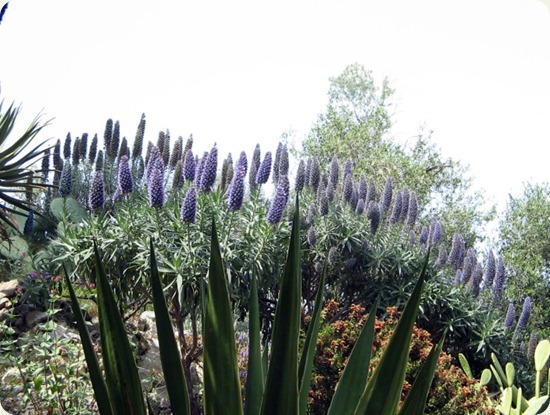
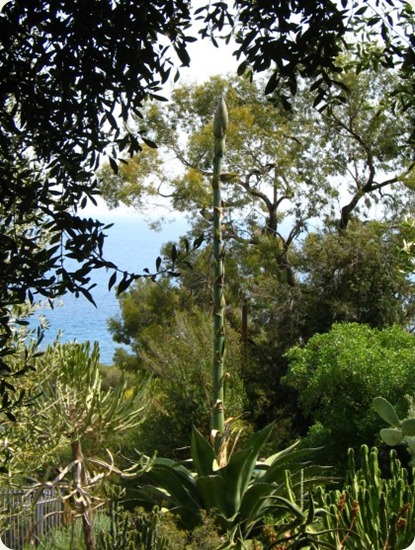



Comments
Post a Comment